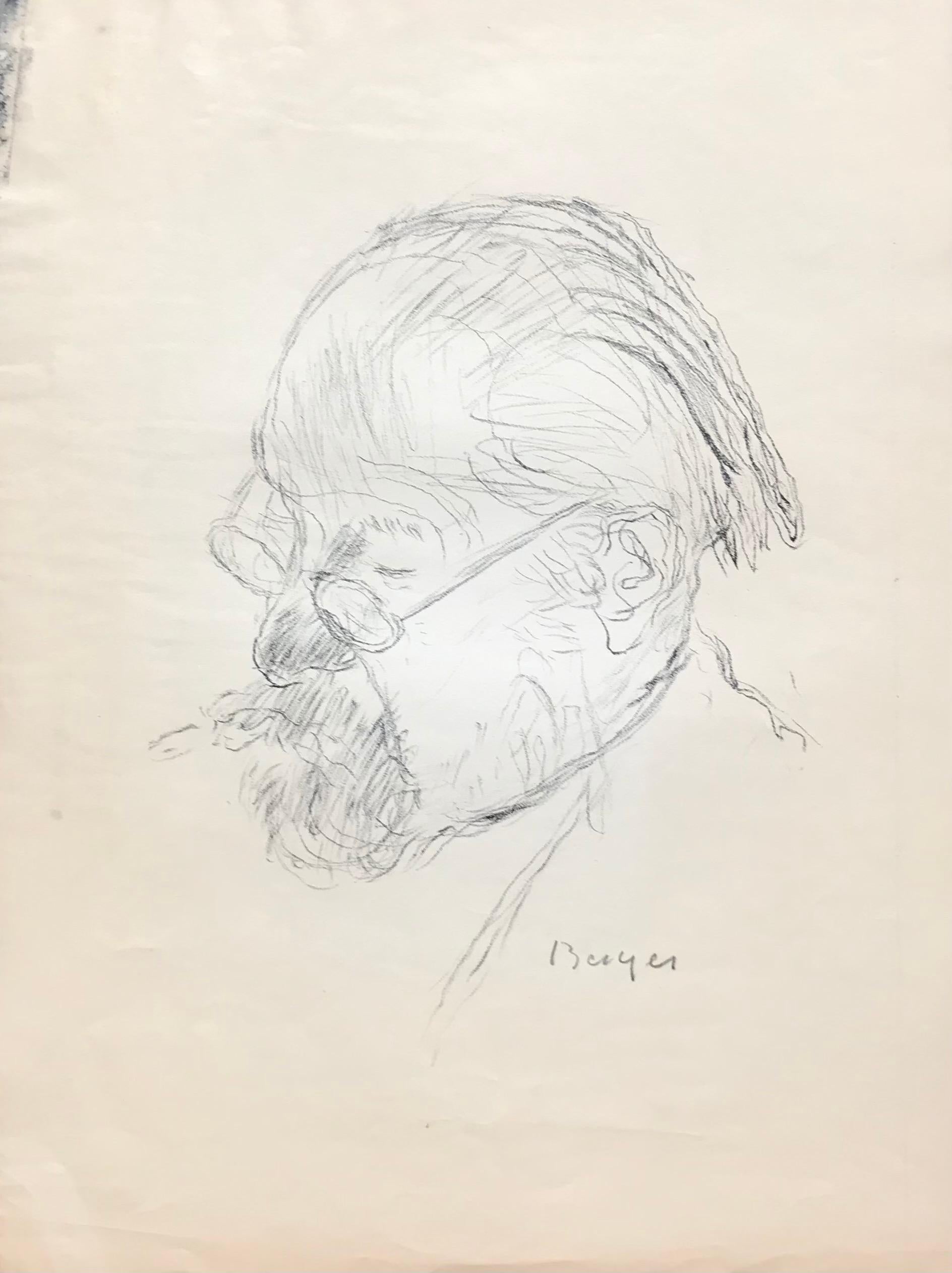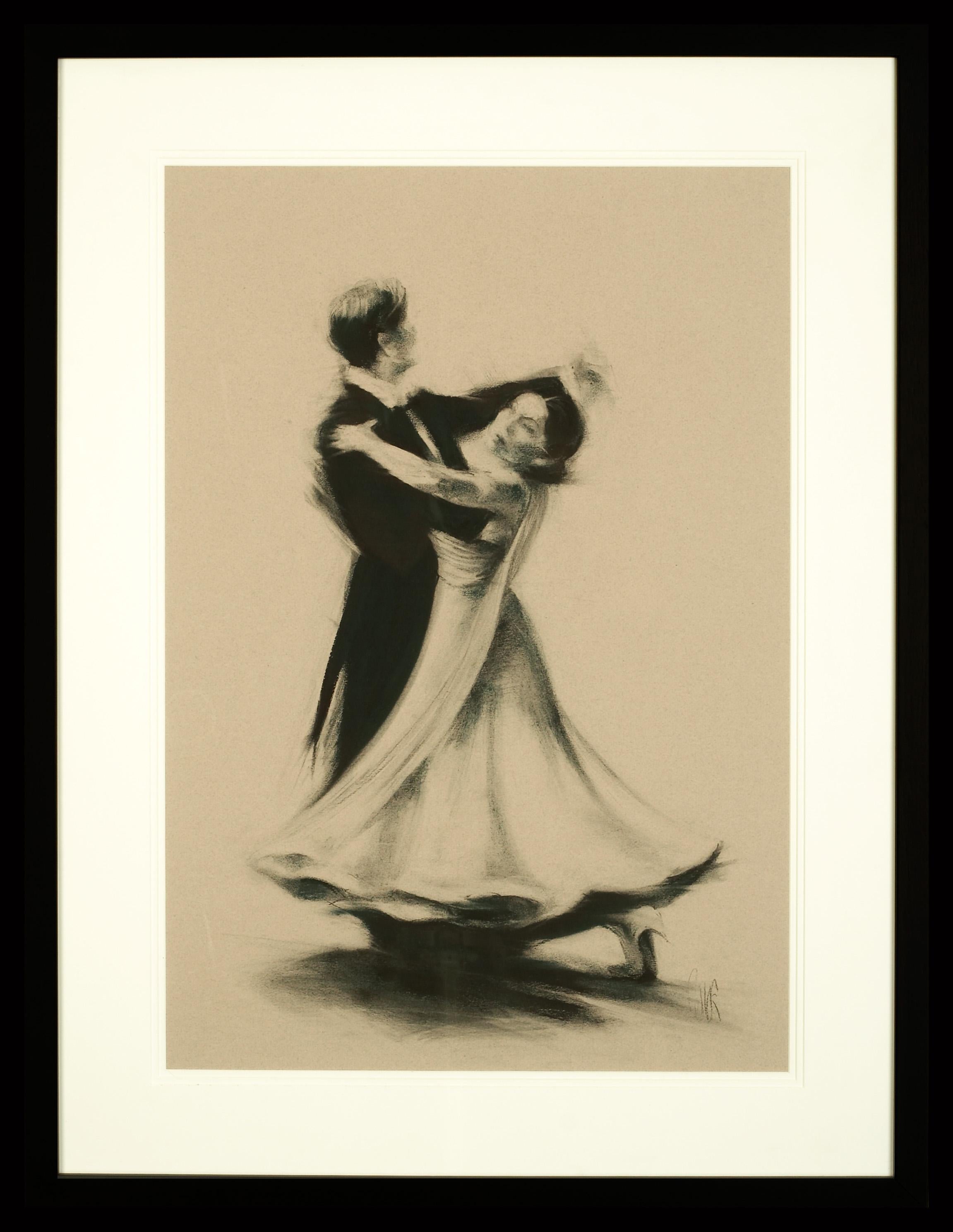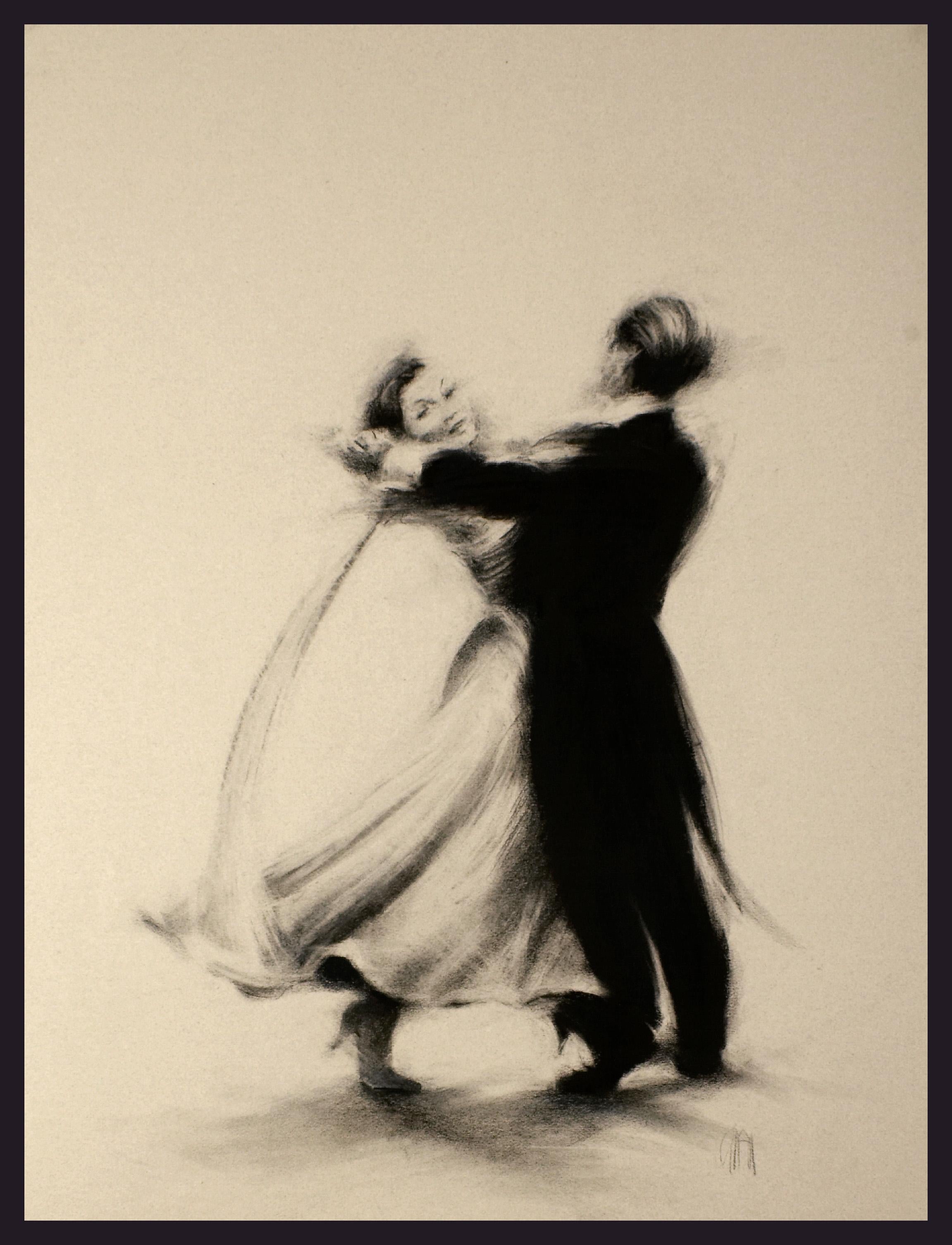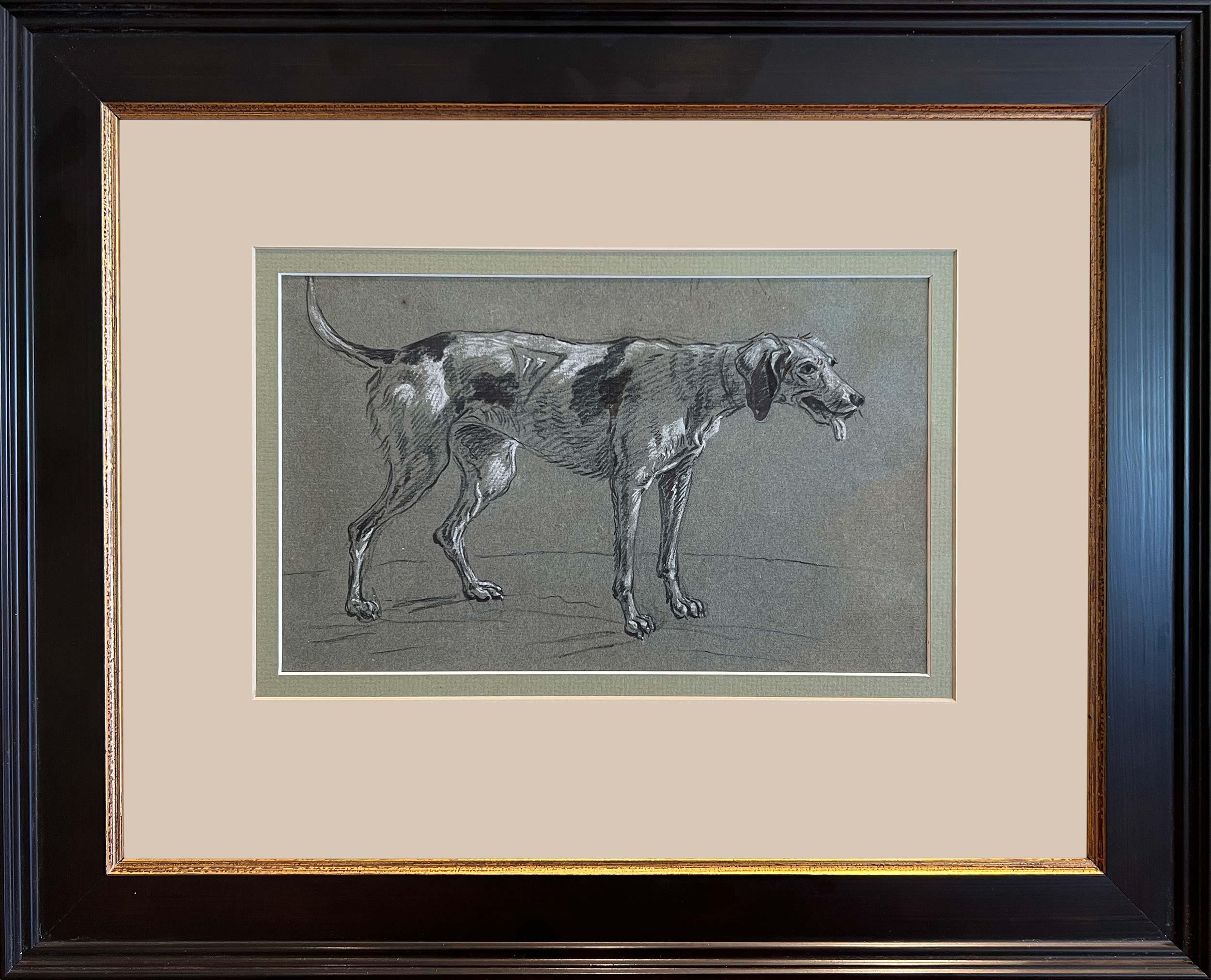Items Similar to Das Einhorn
Want more images or videos?
Request additional images or videos from the seller
Karl Frederich Vollrath HoffmanDas Einhorn1835
1835
About the Item
An Atlas of the Outline of the Heavens
Karl Frederich Vollrath Hoffmann
Stuttgart, 1835
Lithograph with later hand-color.
The einhorn, or unicorn, was a much revered creature through the centuries. It appeared, for the Greeks, not in mythology but as an animal in natural history. A symbol of purity and grace, the powder from the unicorn’s horn was said to have qualities that would heal the sick and change poisoned water to drinking water. While some attribute sightings of the single-horned, fierce, bellowing creature to that of a bull in profile, the ‘monoceros’ was recognized by many cultures over several centuries. The illusive creature was said to only be captured by a virgin.
The great cartographer, Petrus Plancius, first illustrated the unicorn on a celestial globe in 1612-13. It was titled ‘Monoceros Unicornis’. Boasting the two most massive stars discovered at that time, it filled a rather large area between Orion and Hydra. He chose the unicorn from its presence in the Old Testament of the Bible.
Twelve years later Jakob Bartsch, a German mathematician, created a star chart showing ‘Unicornu’ in position among the established constellations of Gemini, Hydra, Canis Major, and Orion. Thus Bartsch is attributed with bringing the constellation into general use.
During the Renaissance, the horn of the narwhal was often said to be that of a unicorn thus keeping the myth much alive.
- Creator:Karl Frederich Vollrath Hoffman (German)
- Creation Year:1835
- Dimensions:Height: 29 in (73.66 cm)Width: 32 in (81.28 cm)
- Medium:
- Movement & Style:
- Period:
- Condition:Crisp, clean image. Beautiful hand color. Framed to museum specifications using archival matting, backing, hinging.
- Gallery Location:Florham Park, NJ
- Reference Number:
About the Seller
5.0
Vetted Seller
These experienced sellers undergo a comprehensive evaluation by our team of in-house experts.
1stDibs seller since 2014
161 sales on 1stDibs
Typical response time: 2 hours
- ShippingRetrieving quote...Ships From: Florham Park, NJ
- Return PolicyA return for this item may be initiated within 1 day of delivery.
More From This SellerView All
- Cyclamen (Purple)By Abraham MuntingLocated in Florham Park, NJAbraham Munting (1626 – 1683) Naauwkeurige Beschryving der Aardgewassen Leiden and Ultrech, Germany, 1696 Publishers: Pieter vander Aa and Francois Halma Folio, 15 ¼ “ x 10 ¼ “ ...Category
18th Century and Earlier Academic Still-life Prints
MaterialsWatercolor, Engraving
- Tempio di Romolo, e RemoBy Antonio AquaroniLocated in Florham Park, NJROMA A. Aquaroni. Engraving. Modern Hand-Color. Rome, 1750. Ever wonder what pre-dated the postcard? By the mid-eighteenth century, travel and exploration had become a we...Category
18th Century and Earlier Academic Prints and Multiples
MaterialsWatercolor, Engraving
- Cyclamen (White)By Abraham MuntingLocated in Florham Park, NJAbraham Munting (1626 – 1683) Naauwkeurige Beschryving der Aardgewassen Leiden and Ultrech, Germany, 1696 Publishers: Pieter vander Aa and Francois Halma Folio, 15 ¼ “ x 10 ¼ “ ...Category
18th Century and Earlier Academic Still-life Prints
MaterialsWatercolor, Engraving
- Take Away the Pricks of PleasureBy CLAUDE PARADIN (c1510-1573)Located in Florham Park, NJCLAUDE PARADIN (c1510-1573) Devises Heroiques et Emblemes Woodcut. Paris, 1614. The emblem has played an important role throughout history. Found on ...Category
17th Century Academic More Prints
MaterialsEngraving
- BeansBy Matthäus Merian the ElderLocated in Florham Park, NJMATTHAUS MERIAN, the Elder (1593-1650) Der Fruchtbringenden Gesellschaft Nahmen. Frankfurt, 1646. Engraving with Later Hand-Color. 400 Plates. Image Size 4.5” x 5.25” Unframed. ...Category
18th Century and Earlier Academic Still-life Prints
MaterialsEngraving, Watercolor
- SquashBy Matthäus Merian the ElderLocated in Florham Park, NJMATTHAUS MERIAN, the Elder (1593-1650) Der Fruchtbringenden Gesellschaft Nahmen. Frankfurt, 1646. Engraving with Later Hand-Color. Matthew Merian was one of the most prolifica...Category
18th Century and Earlier Academic Still-life Prints
MaterialsWatercolor, Engraving
You May Also Like
- Town Hall Square By Barthélémy Marc Bodmer - EngravingBy Barthélémy Marc BodmerLocated in Geneva, CHEngraving on paper Brown wooden frame with glass pane 62 x 50 x 2 cmCategory
Early 20th Century Academic Landscape Drawings and Watercolors
MaterialsEngraving
- Portrait of a man by Hans Berger - Drawing 38x50 cmLocated in Geneva, CHWork on paperCategory
Early 20th Century Academic Portrait Drawings and Watercolors
MaterialsCrayon, Engraving
- La femme préhistorique (Prehistoric Woman)By James Jacques Joseph TissotLocated in New Orleans, LAJames Tissot was among the most successful and critically acclaimed artists of the Victorian era. Although the artist is celebrated for his elegant scenes of fashionable life in Paris and London, this work is a fascinating rarity within his oeuvre. In this monumental pastel, Tissot depicts a prehistoric woman draped in a tiger skin, presented with a striking pose and heroic air. His delicate portraiture, combined with his fascination with conveying texture, demonstrates why he was one of the most revered artists of his generation, and La femme préhistorique illustrates the remarkable technique for which he was renowned. This work was completed in preparation for a series of works exploring the Old Testament undertaken by Tissot from 1899-1902 that remained unfinished at the time of his death. A portion of this series focused on illustrations of Adam and Eve, and among these sketches were images of a nude Eve partially draped in animal furs. Towards the end of his life, following his conversion to Catholicism, biblical subjects became important to the artist. A few years before this work was completed, Tissot embarked upon a highly ambitious group of nearly 300 watercolors illustrating the New Testament, presenting the illustrated epic in its entirety at the Paris Salon of 1894. Both of these series were a critical artistic departure for the artist, stemming from a desire to create works separated from his typical images of modern society. This pastel imagines Eve as the prototype of womanhood in the guise of a prehistoric woman. Tissot rarely painted the nude, and his skill as a draftsman highlights the figure's natural beauty, contrasting it with the stark landscape surrounding her. Although a study, this monumental work is incredibly well-finished and highly engaging, with the statuesque model commanding the majority of the canvas. Her pose is strong and theatrical, and she addresses the viewer with a direct, confident gaze. The imagined historical subject of this drawing is grounded by Tissot’s exceptional attention to detail. A master of conjuring an array of textures, Tissot showcased this ability in this work by juxtaposing many types of fabrics and natural elements within one composition. The tiger skin with which the woman partially covers herself was a favorite studio prop of Tissot’s, appearing in many of his most influential works from the period, including several paintings of his partner and favorite model Kathleen Newton. It, in particular, showcases the artist’s understanding of texture, yet it also serves as an exotic element that elevates the sensuality of the scene when placed against the woman’s bare skin. Born in 1836 in the port town of Nantes, Tissot traveled to Paris at the age of 20 in order to join the studios of Hippolyte Flandrin and Louis Lamothe. During this period, he became close with James Abbott McNeill Whistler, Edgar Degas and Edouard Manet, and the impact of these friendships is reflected in his portraits of modern life. Having enjoyed considerable success in Paris during the 1860s, Tissot fought in the Siege of Paris, and after the fall of the Commune in 1871, he went to London, where he stayed for the next ten years. He was met with incredible success there, and he also met the love of his life, Kathleen Newton, a divorcée, with whom he lived from about 1876 until her death in 1882. Today he is regarded among the great masters of Belle Époque painting, and his works can be found in important collections worldwide, including the Metropolitan Museum of Art, the Brooklyn Museum, the National Gallery of Art, the Musée d’Orsay, the Tate Gallery and many others. This pastel remained in Tissot's private collection until his death in 1902 and is referenced in the posthumous 1902-3 valuation of Tissot's home at 64 avenue du Bois...Category
Early 20th Century Academic Nude Drawings and Watercolors
MaterialsLaid Paper, Canvas, Oil Pastel, Pastel
- Ballroom Dancers - Charcoal, Figurative, Fabric, Movement, Human Form, BritishBy Trudy GoodLocated in Knowle Lane, CranleighBallroom Dancers by Trudy Good. Original Charcoal & Pastel onto paper. Trudy Good is a British figurative painter who has exhibited in numerous plac...Category
Early 2000s Academic Figurative Drawings and Watercolors
MaterialsPastel, Charcoal
- Ballroom Dancers II - Charcoal, Figurative, Fabric, Movement, Human FormBy Trudy GoodLocated in Knowle Lane, CranleighBallroom Dancers II by Trudy Good. Original Charcoal & Pastel onto paper. Trudy Good is a British figurative painter who has exhibited in numerous pla...Category
Early 2000s Academic Figurative Drawings and Watercolors
MaterialsCharcoal, Pastel
- Study of a Hound Dog. Circa 1782. Louis Auguste Brun (Swiss 1758-1815)Located in Sydney, NSWLouis Auguste Brun (Swiss 1758-1815), Study of a Hound Dog. Circa 1782. A skilled draughtsman and an outstanding painter of portraits, animals and landscapes, the Swiss artist Louis-...Category
18th Century Academic Animal Drawings and Watercolors
MaterialsChalk, Laid Paper
Recently Viewed
View AllMore Ways To Browse
Natural History Drawing
Drawing Stars
Outline Drawings
Academic Drawing 19th
Academic Drawing 19th Century
Celestial Globes
19th Century Virgin Painting
Celestial Drawings
A Hoffmann Painting
Lithograph Bull
Purple Drink
Unicorn Painting
Drawing Greek Mythology
Bull Greek
Celestial Watercolor
Globe Engraving
Star Chart
Antique Illustrated Bible





